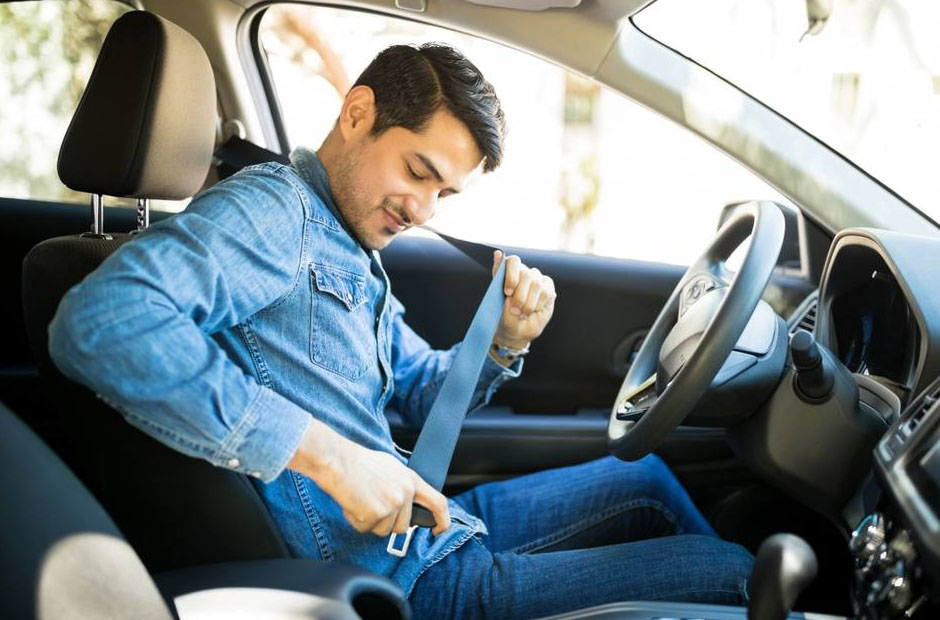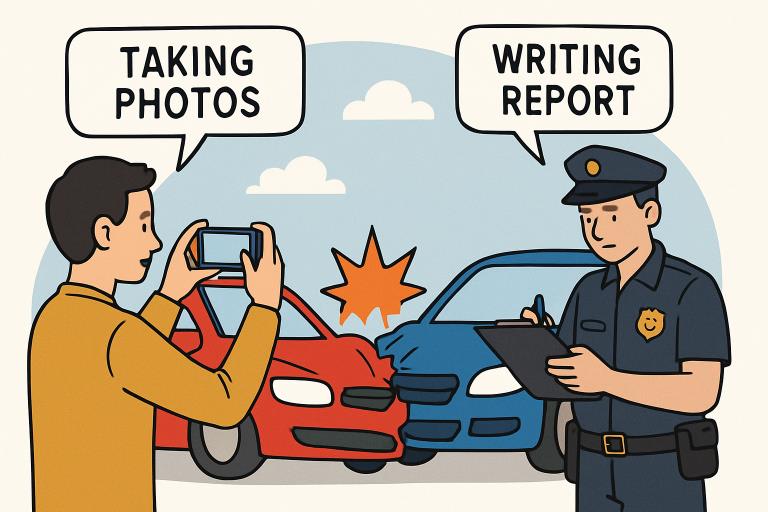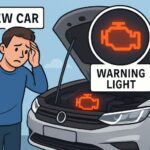Now Reading: Safe Driving Habits to Prevent Car Accidents
-
01
Safe Driving Habits to Prevent Car Accidents
Safe Driving Habits to Prevent Car Accidents

Key Takeaways
- Keep a safe distance from the vehicle in front to ensure enough time to react.
- Minimize any distractions, particularly cell phone use and adjusting controls.
- Follow speed limits and tailor your driving to suit various road and weather conditions.
- Never drive under the influence of alcohol, drugs, or substances that impair ability.
- Perform regular maintenance checks on your vehicle to prevent unexpected failures.
Practicing safe driving is essential for protecting everyone on the road, including drivers, passengers, and pedestrians. By practicing caution and responsibility, motorists can reduce the risk of crashes. Whether experienced or new, good driving habits create a safer community and peace of mind. If you are involved in an accident despite your best efforts, a Tampa car accident attorney can offer support. Distractions, road conditions, and other drivers underscore the importance of vigilance. Simple habits, such as maintaining a safe distance, avoiding distractions, and following traffic laws, help prevent crashes. It’s about defensive driving, vehicle maintenance, and awareness. These habits reduce injuries and promote safer driving. Despite safety technology, human error remains the primary cause of accidents, making safe driving habits essential for reducing crashes and saving lives.
Maintain a Safe Following Distance
Keeping an appropriate buffer between your car and the vehicle ahead is one of the simplest and most effective ways to avoid rear-end collisions. The widely recommended “three-second rule” helps drivers determine a safe distance: pick a fixed landmark beside the road, and ensure at least three seconds pass from when the car in front passes it until you reach it. Increase this distance during rain, fog, or low visibility for extra safety. A suitable following gap grants you enough time to react if the car ahead brakes suddenly or swerves.
Avoid Distracted Driving
Distracted driving is one of the leading causes of accidents nationwide. Primary distractions include texting, talking on the phone, eating, adjusting the radio, or programming navigation devices while driving. To protect yourself and others, keep your full attention on the road and consider stashing electronic devices out of arm’s reach. If using navigation, set your destination before setting off. Even a two-second glance away from the road can have dire consequences, especially during heavy traffic or at high speeds.
Adhere to Speed Limits
Speeding significantly increases both the likelihood and severity of an accident. Always observe posted speed limits and adjust your speed accordingly for poor weather, uneven surfaces, or low visibility conditions. Reduced speeds provide greater reaction time and can significantly lower the impact force in the event of a crash. Traveling at a legal, cautious speed ensures you can react swiftly to sudden obstacles or changes in traffic flow, thus safeguarding not only yourself but everyone on the road.
Never Drive Under the Influence
Getting behind the wheel after consuming alcohol, recreational drugs, or some prescription medications can drastically compromise your judgment, reaction speed, and overall coordination. If you plan on drinking or using substances that might affect your capabilities, arrange for a designated driver, utilize ride-sharing services, or use public transportation. Prioritizing sober driving dramatically reduces accident risk and avoids both serious legal and life-altering personal consequences.
Regular Vehicle Maintenance
Many accidents stem from mechanical failures that could have been prevented through regular maintenance. Routinely inspect your brakes, tires, headlights, windshield wipers, and essential fluid levels to ensure optimal vehicle performance. Respond promptly to dashboard warning lights and address unusual noises or handling issues as soon as possible. Well-maintained vehicles are less likely to experience sudden malfunctions that can lead to dangerous situations on the road.
Practice Defensive Driving
Defensive driving is about anticipating the actions of other drivers and preparing for unexpected events that may arise. This means staying alert, leaving extra space where possible, and being ready to yield or slow down even if you have the right of way. Avoid aggressive maneuvers such as tailgating or frequent lane changes, and always follow traffic signals and road signs. Defensive drivers also keep calm in stressful situations and avoid road rage, helping to make the roads safer for everyone.
Stay Alert in Adverse Conditions
Bad weather can create treacherous road conditions very quickly. Rain reduces tire traction and makes surfaces slippery; fog and snow drastically cut visibility and control. When driving in these conditions, reduce your speed, use low-beam headlights, and leave even greater distance between you and other vehicles. Never use cruise control on slick surfaces, and be prepared to slow down or stop if conditions worsen suddenly. Staying alert and responsive during adverse weather conditions is a hallmark of a safe and responsible driver.
Conclusion
Safe driving requires vigilance, preparation, and a commitment to following proven habits each time you get behind the wheel. By maintaining a safe distance, avoiding distractions, observing speed limits, staying sober, keeping your vehicle in good condition, practicing defensive driving techniques, and adapting to the weather, you are contributing to safer roads for all. Take these habits seriously—they could ultimately save lives, including your own.





















